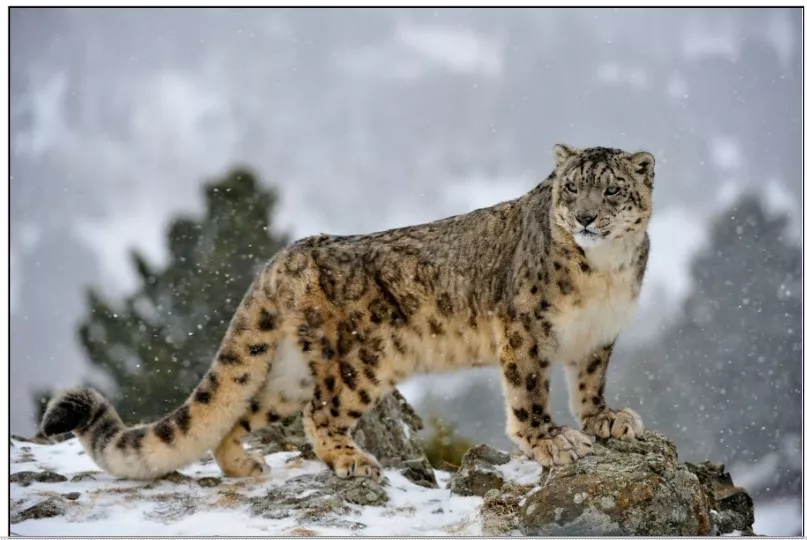Recently, a new Stanford University study finds that snow leopards have exceedingly low genetic diversity due to ‘Historic Inbreeding’, putting their long-term survival at risk amid climate change.
- Analysis of 41 genomes revealed persistently low genetic diversity due to long-term small, stable populations.
Historic Inbreeding
- Historic Inbreeding refers to the long-term mating among closely related individuals within a small, stable population, leading to low genetic diversity over generations.
- For Example, in species like the snow leopard, persistent small population sizes in isolated, harsh habitats caused periodic inbreeding.
- This allowed natural selection to “purge” harmful mutations, keeping the population relatively healthy despite low overall genetic diversity, unlike species that underwent sudden population bottleneck.
|
What is Genetic Diversity?
Definition: Genetic diversity refers to the total variety of genes within a species’ population, determining its ability to adapt to changing environments and resist diseases.
- Impact of Low Genetic Diversity:
-
- Reduces adaptability to environmental stressors such as climate change and habitat loss.
- Increases susceptibility to inherited disorders and disease.
- Limits evolutionary potential, threatening species survival over generations.
About Snow Leopard (Panthera uncia)

- The snow leopard, often called the “ghost of the mountains,” is a large feline native to the high-altitude regions of Central and South Asia, renowned for its elusive nature.
- Habitat: It inhabits rugged terrains of the Himalayas, Karakoram, Pamir, and Tian Shan ranges, typically between 3,000–5,500 metres altitude.
- Distribution: Found across 12 countries, including India, Bhutan,Nepal, China, Mongolia, and Afghanistan.
- The global population is estimated at around 8,000 individuals.
- Conservation Status
- Listed as “Vulnerable” on the IUCN Red List.
- Wildlife (Protection) Act of 1972 (Schedule I)
- Convention on International Trade in Endangered Species (CITES) (Appendix I)
- Protection in India:
- Hemis National Park (Ladakh)
- Kibber Wildlife Sanctuary (Himachal Pradesh),
- Gangotri National Park (Uttarakhand),
- Nanda Devi Biosphere Reserve (Uttarakhand)
- Khangchendzonga National Park (Sikkim).
- Conservation initiatives : Project Snow Leopard (2009) under the Ministry of Environment, Forest and Climate Change (MoEFCC).
![]() 10 Oct 2025
10 Oct 2025



